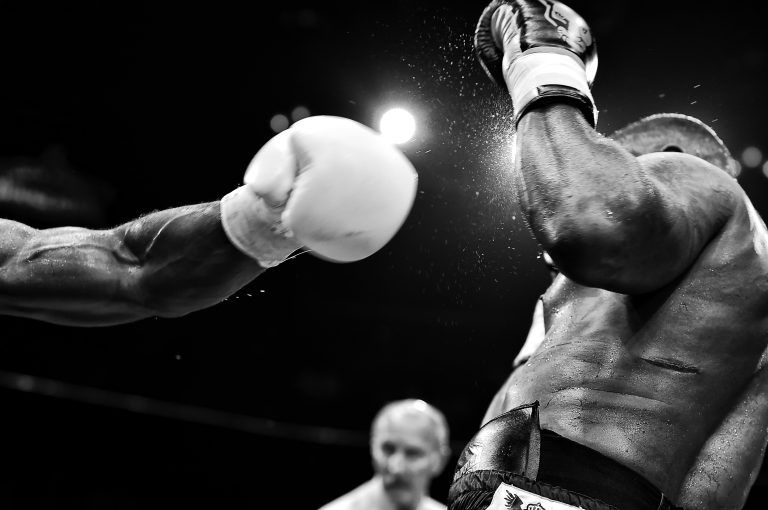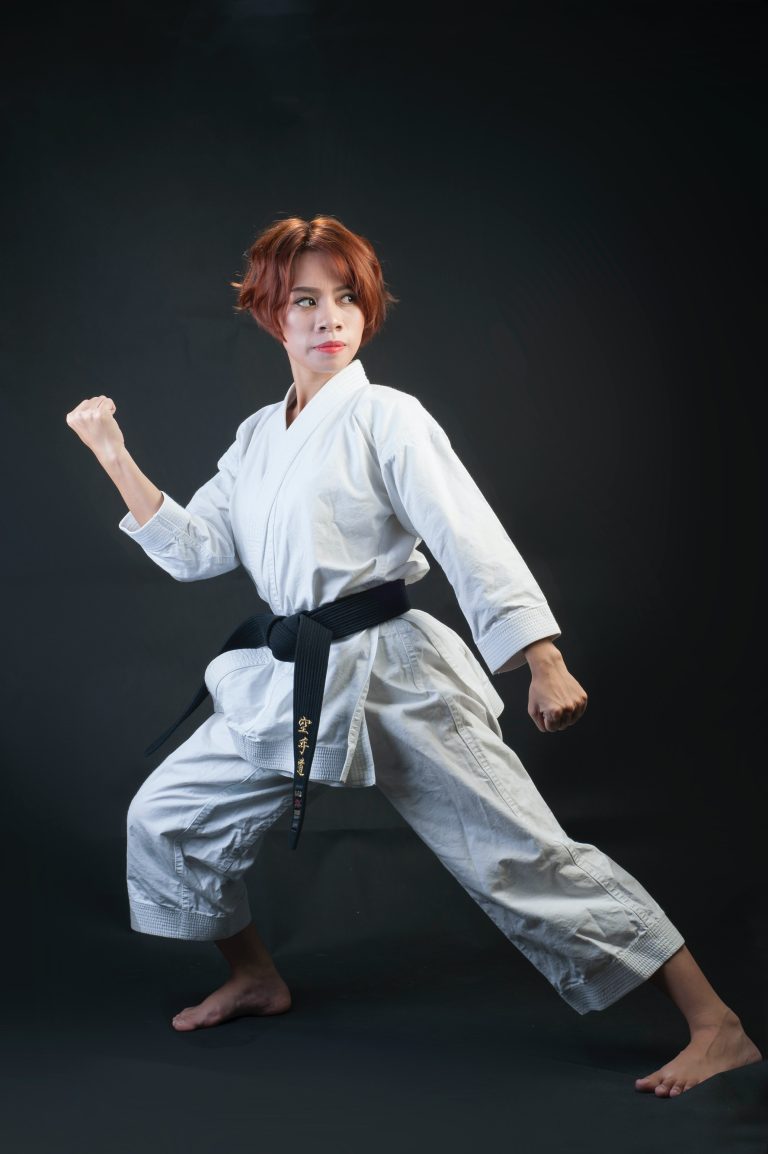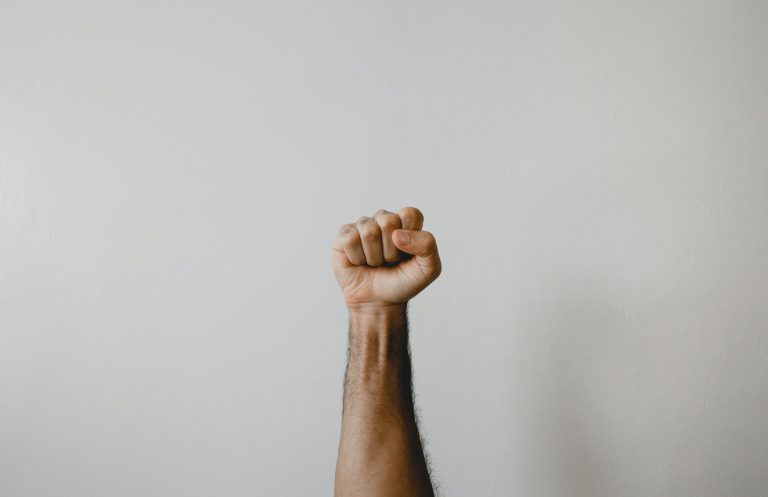Why Kata Still Matters in Karate: Unpacking the Benefits of Traditional Forms
For most martial arts enthusiasts, kata is an indelible part of the landscape. Even within the realm of karate in particular, kata has widely held importance and relevance. Though there are plenty of modern takes and new perspectives on physical training, traditional forms, such as kata, still hold an allure in today’s martial arts culture.
Kata remains an essential part of karate training for many respected martial arts organizations and practitioners. Unpacking why kata continues to be so important illuminates the subtler ways that this traditional form is integral to a comprehensive approach to karate—even in the modern day.
What is Kata?
Kata is a traditional form of practice in various martial arts systems, from kendo to taekwondo to, of course, karate. Kata can be roughly understood as a choreographed sequence of strikes, blocks and stances with the intention of repetition and mastery rather than for use in actual self-defence.
Such sequences are often symbolically related to animals, as each movement is intended to evoke the spirit of and internalize the movements. In some cases, they might also be intended to simulate historical battles and other scenarios, though the whole process is stylized rather than mimicking realistic combat.
Kata itself has been described as a “physical language” that has grown out of the intentions and broader philosophy behind the martial arts—education, philosophy and ultimately self-defense.
The Benefits of Kata
Kata has been around for centuries, and for good reason. There are myriad benefits to this specific kind of practice, from improved physical conditioning and dynamics to psychological benefits. The following section unpacks some of the more noteworthy advantages that have withstood the tests of time and distinct training approaches:
1. Improved Physical Conditioning
Kata puts your physical body through its paces in many ways. It develops strength through full body movements that engage muscles that would otherwise be underutilized. By adding the various agility-based movements such as those found in the Pinan series, practitioners can develop better coordination and balance along with flexibility, endurance and strength.
2. Enhanced Focus and Concentration
Kata requires mental focus and concentration as much as it does physical strength. While engaging in kata, one is required to remember long sequences and specific movements which can sharpen the mind and help with memory. It can even provide an outlet for meditation and mindfulness, forcing one to be fully immersed in the process with few distractions due to its length.
3. Deeper Respect for Martial Arts
The practice of kata is also closely tied to its traditions and roots in history, which can provide a deeper appreciation for martial arts. Learning the backstory behind each form can also be enlightening and inspiring. For example, the Goju-ryu’s series of kata often draw on direct Chinese influence in its movements, whereas Shotokan’s elements were heavily inspired by Japanese influence; exploring this helps solidify a practitioner’s conceptual understanding of entire martial art systems.
Parting Thoughts on Kata
Considering the many benefits of traditional forms like kata, it’s easy to understand why they are just as treasured today as they have been for centuries. Kata provides a unique pathway to improving physical conditioning and dynamism while gaining a greater appreciation for martial arts culture and an understanding of its history. As deep as this form can be for those who explore it thoughtfully so too are its practical benefits for the practitioner seeking something as impactful as combat techniques–all without ever throwing a single punch.
Why Kata Still Matters in Karate: Unpacking the Benefits of Traditional Forms
Karate is one of the most popular martial arts worldwide, known for its striking techniques, powerful kicks, and self-defense applications. One of the essential aspects of traditional karate practice is kata, a Japanese term that refers to a choreographed sequence of movements performed against an imaginary opponent. The practice of kata has been an integral part of karate training for centuries, but some practitioners question its relevance in today’s martial arts landscape. This blog post aims to answer some of the most frequently asked questions about the importance and benefits of kata in traditional karate practice.
1. What is Kata?
In karate, kata is a predefined sequence of movements, each with a specific application for self-defense. There are hundreds of different kata in karate, ranging in difficulty from beginner to advanced levels. Each kata has a purpose, such as defending against an attack from a knife-wielding opponent or escaping from a chokehold. Practitioners perform these movements solo, imagining an adversary attacking them, and react accordingly to each movement within the kata.
2. Why is Kata Important in Karate?
Kata has numerous benefits for karate practitioners of all levels, especially those who are serious about their martial arts training. Here are a few reasons why kata is essential in karate:
2.1. Practical Applications of Kata
Every movement in a kata has a purpose and a specific function for self-defense. Though some people may view kata as an outdated or irrelevant practice, it is a valuable tool for teaching techniques and strategies for real-life self-defense situations. Practicing kata helps students develop a better understanding of the martial art’s principles, such as distance and timing, and how different techniques can be combined for effective self-defense.
2.2. Kata Improves Muscle Memory
When karate practitioners perform kata repetitively, the movements become ingrained in their muscle memory. This is especially useful in self-defense situations when the practitioner may not have time to think consciously about which technique to use. Kata helps to develop reflexive responses, so techniques can be executed quickly and efficiently.
2.3. Kata Develops Visualization Skills
Since kata is performed against an imaginary opponent, it requires practitioners to visualize and mentally simulate real attack scenarios. This visualization training helps to develop a stronger sense of situational awareness, and practitioners learn how to anticipate and react appropriately to different attacks.
2.4. Kata Develops Focus and Concentration
Performing kata requires a high level of focus and concentration, as practitioners need to maintain proper technique and execution throughout the entire sequence. Kata practice helps students develop a meditative mindset, which translates to other areas of their lives outside the dojo.
3. Is Kata the Only Way to Train Karate?
No, kata is not the only way to train karate. Sparring, or kumite, is another essential component of karate training that allows practitioners to practice their techniques in a controlled, dynamic environment. However, kata and kumite are not mutually exclusive, and they complement each other. Kata provides a foundation of technique and strategy, while kumite allows practitioners to apply these techniques with a partner.
4. Can Beginners Practice Kata?
Yes, beginners can practice kata. In fact, many karate programs incorporate kata as part of the curriculum from the beginner level upward. Although some kata may be more challenging for beginners, it is essential to develop a strong foundation in technique and form, which is best achieved through regular kata practice.
5. Conclusion
In conclusion, kata is an essential component of traditional karate practice, with numerous benefits for practitioners of all levels. Kata can help to develop practical self-defense skills, improve muscle memory, develop visualization skills, enhance focus and concentration, and provide a foundation of technique and strategy for sparring practice. While kata may not be the only way to train karate, it is a crucial element that should not be overlooked. With regular practice and dedication, students can unlock the full benefits of kata training in their martial arts journey.
Inhaltsverzeichnis






